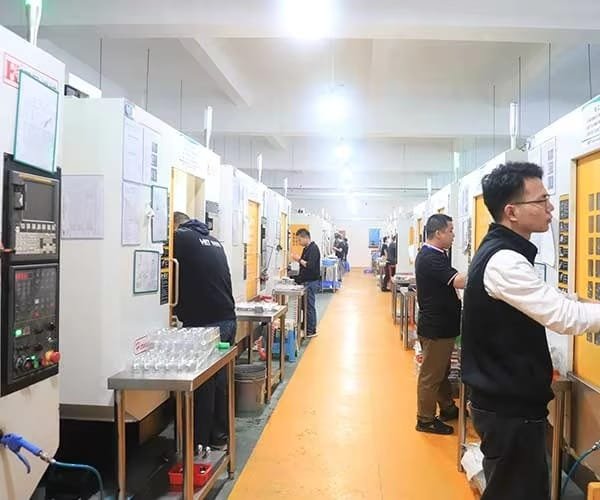Spotface Hole Definition, Symbol, Dimensions & Machining – Spotface vs Counterbore
In modern manufacturing and engineering, precision and functionality are paramount when it comes to creating secure mechanical connections. Two common machining features that play crucial roles in this domain are spotface and counterbore holes. Here let’s see how spotface hole is defined and characterized, understand it through its dimensions and

